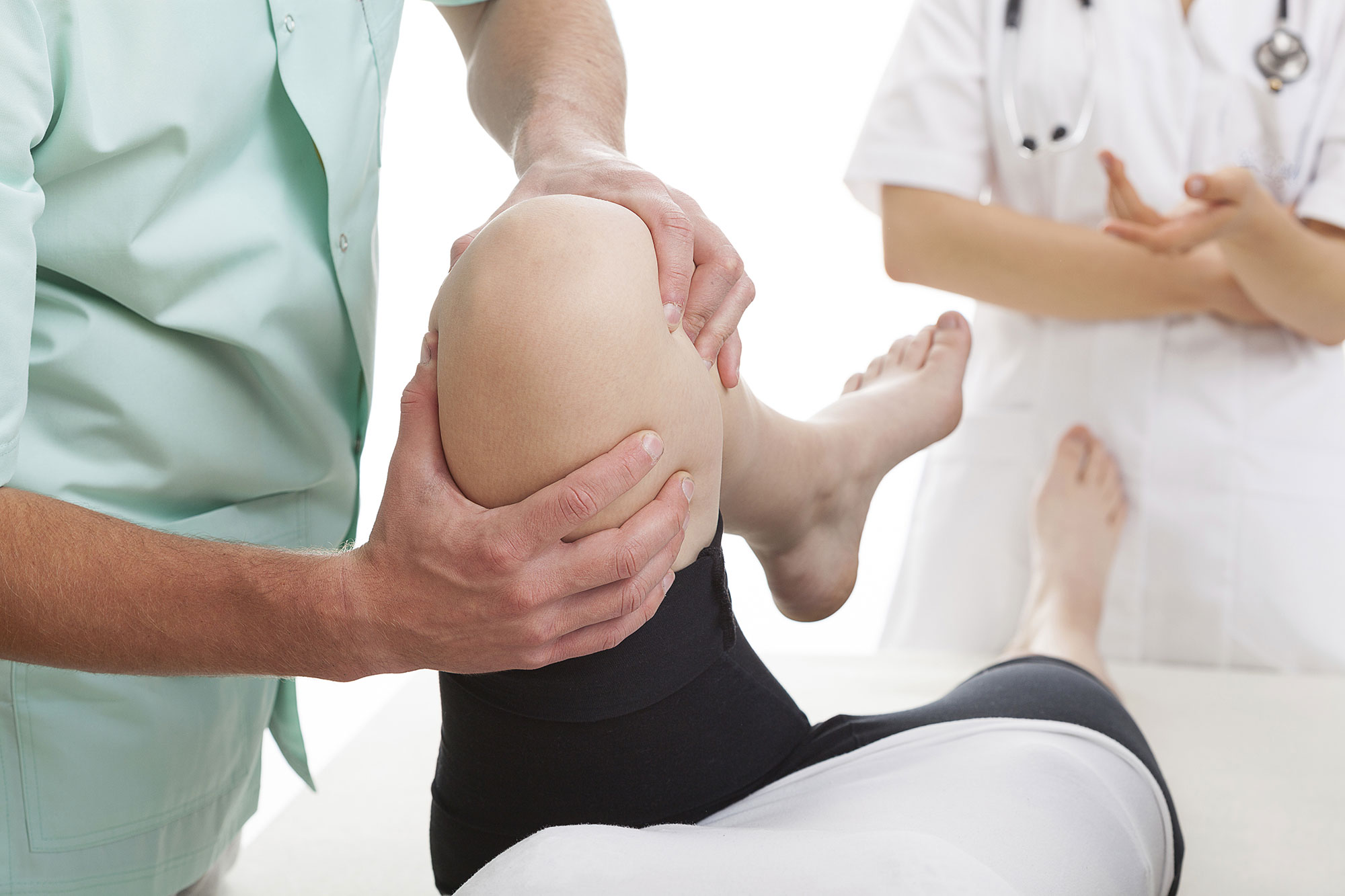Most procedures for the correction of deformities/conditions of the foot are performed within the Clinic by specialists in orthopedic foot surgery, in line with international standards, regardless of age. These standards include:
- Local anesthesia (block)
- One-Day Clinic and no hospitalization
- Immediate load bearing of foot without crutches
- Painless procedure
- Fast recovery
- Almost zero recurrence rate
- Simultaneous repair of both feet in a single session
For heavier conditions, the most modern methods are applied using the most contemporary materials, minimizing complications and enabling quicker recovery.
HALLUX VALGUS (BUNIONS)
The Hallux valgus (bunion) is the outward deviation of the big toe. It is a complex deformation of the first ray, usually accompanied by deformities and symptoms in the other toes.
The treatment of hallux valgus is accomplished using a minimally invasive technique. The surgery is performed under local anesthesia (block) on the foot being operated. Osteotomies are made with small tools. The hole of the minimally invasive technique is up to 2 centimeters.
Very severe deformities are excluded.
The correction of the 1st metatarsal (valgus-bunion) is propped up with special biocompatible titanium screws, for a permanent effect without relapse. The patient walks immediately after surgery with a special postoperative boot, without plaster or crutches. In cases combining other foot deformities, such as hammertoes, exostoses, calluses and toe dislocations, these deformities must also be treated to achieve optimal and functional aesthetic result.
FIBER OPTICS / ARTHROSCOPY / TENDONOSCOPY
Fiber optics can accurately transmit an image, even when the fiber becomes bent. They can also transmit powerful light without the corresponding development of heat. Fiber optics technology allows us to capture images of and intervene in areas of the body without using traditional open surgical approaches. In orthopedic surgery, the procedures of choice include arthroscopy and, in recent years, tendonoscopy. We successfully perform arthroscopy both in ankle joints and in smaller joints of the foot, such as the subtalar (the joint between the heel and the ankle). Similarly, we use tendonoscopy for the peroneal and flexor tendons of the foot. Finally, we intervene endoscopically in the so-called triangle bone (os trigonum) of the ankle.
Indications:
- Osteocartilaginous damages of the ankle
- Ankle arthritis / arthroscopic ankle arthrodesis
- Impact syndromes / joint block
- Foreign bodies in joints
- Inflammatory synovial fluid drainage and joint lavage
- Peroneal, Achilles tendon and posterior tibial tendinitis
Patients stay in hospital overnight or are discharged on the same day. Two small incisions measuring a few millimeters are made across the affected area. At the end of the arthroscopy procedure, the incisions are sutured.
ANKLE JOINT LIGAMENT INJURIES
Ankle joint ligament injuries are pretty common in athletes or other patients, following some injury without proper treatment.
Usually the ones injured are the lateral ligaments. These are the anterior talofibular ligament (ATFL), the calcaneofibular ligament (CFL) and the posterior talofibular ligament (PTFL), which is the strongest and less likely to be injured.
Depending on the patient's discomfort, the necessary diagnostic tests, X-rays and MRIs are performed.
If there is instability and laxity of ligaments despite the implemented recovery program, surgery involves stabilization and restoration of outer joint instability through the appropriate technique each time (Brostrom, Chrisman-Snook etc.).
ANKLE ARTHROPLASTY
Indications:
- Rheumatoid arthritis
- Osteoarthritis
- Arthritis following injury
- Severe ankle pain
Previous ankle arthrodesis
Revision ankle arthroplasty
How does the prosthesis work?
The surgery includes replacing the natural surfaces of the ankle joint that have degenerated with artificial material, known as a prosthesis.
Ankle arthroplasty consists of three parts.
Two of the components cover the bones and in the middle there is a third, mobile element (polyethylene). This allows greater movement and reduces friction between bones and implants.
All metal components are covered by bioactive coating, which encourages bone integration. This type of operation allows the patient to maintain their mobility and a certain degree of freedom.
MIS ACHILLES TENDON RUPTURE TREATMENT
Achilles tendon ruptures are usually treated surgically to restore strength and minimize the likelihood of a new rupture in the future.
The use of a minimally invasive surgery (MIS) with special tools through a small incision ensures patient safety and complete recovery without hospitalization.
ADULT PLANOVALGUS FOOT
Acquired planovalgus foot due to posterior tibial tendon dysfunction (tibialis posterior dysfunction). This is an acquired deformity of a progressive nature, usually in one foot, accompanied with pain along the posterior tibial tendon. It is the most common cause of acquired adult planovalgus foot. It is caused by the inability of the tendon to enhance foot arch support. This inability is initially caused by tendinitis, later leading to tendon rupture and stiffness. It is diagnosed via clinical examination and possibly confirmed via MRI. Treatment depends on the stage of the condition. Initially it is conservative, with surgery following in case of no improvement. Tendon clearing, tendon strengthening with tendon transmission of the long flexor tendon of the toes and arthrodeses are applied in cases of stiffness.
9 Ethnarchou Makariou & 1 E. Venizelou Streets, 18547 Neo Faliro









































